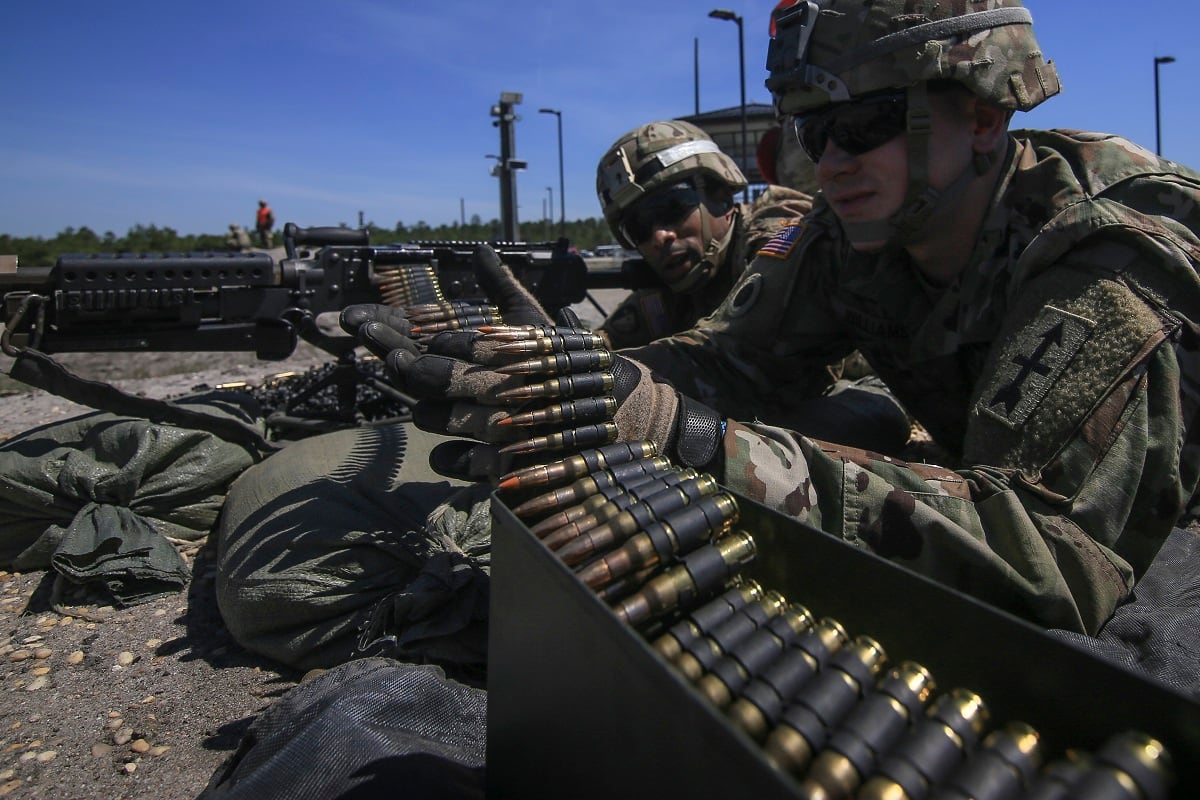WASHINGTON — House appropriators approved their first draft of the annual defense budget bill Thursday, including a 2.6 percent pay raise for troops, dozens more aircraft for the services and new protections for military families from political fights in Congress.
The $674.6 billion measure — $606.5 in base military funding and $68.1 billion for overseas operations — is about $1 billion below the White House’s defense request in February but in line with the two-year budget deal reached by lawmakers a month later and the annual defense authorization measure approved by the House last month.
The spending plan was advanced by the House Appropriations Committee’s defense panel in a quick afternoon meeting with little opposition.
“Last year, we took the first big steps to rebuilding the military,” Rep. Kay Granger, R-Texas, and chairwoman of the subcommittee, told reporters after the mark-up. “This is the second step.”
RELATED

The appropriations measure echoes previously passed House plans for the annual military pay raise and a military end strength increase of 15,600 troops. It also adds $318 million to the president’s budget request for the Defense Health Program, to include more research into traumatic brain injuries and sexual assault prevention.
Lawmakers also added language to the measure to ensure that military death gratuity payments will not be interrupted by future government shutdowns, authorizing their immediate payment even if federal operations are curtailed or shuttered.
The issue has been a priority for military advocates since 2013, when several families of fallen troops faced financial headaches because of delays in the death benefit payouts due to the 16-day government shutdown.
More recently, families of two service members killed in a helicopter accident saw their payments delayed several days during the weekend-long shutdown in February.
The bill proposes a $145.7 billion — $133 billion in base dollars and $12.7 billion in the overseas war budget — for equipment and upgrades.
That includes more equipment purchases than were in either the president’s budget request or the the House-passed authorization bill: 93 F-35 aircraft, which is 16 more; 66 AH-64 Apache helicopters, which is six more, and three Littoral Combat Ships, which is two more.
Granger said the reason for the big boosts in aircraft is “because the faster you can do it, the cheaper they sell. So we can keep those costs down.”
But appropriators also fund only 24 MQ-9 unmanned aerial vehicles, which is five fewer than the president’s request.
The bill would buck the Air Force to back the recapitalization of the E-8C Joint Surveillance Target Attack Radar System, or JSTARS, program.
For the ground surveillance mission, the Air Force would like to abandon JSTARS, which it sees as vulnerable to surface-to-air missiles, in favor of a new advanced battle management system made up of aircraft and drones.
Even with a bipartisan budget agreement in place that sets spending levels for fiscal 2019, the defense spending bill isn’t expected to become law anytime soon. Senate appropriators still have not released their plans for military funding, and no timetable has been set for full House votes on their proposal.
The defense spending plan will also likely hinge on completion of a host of other federal agency appropriations measures, since Democrats and Republicans have sparred in recent years over balancing non-defense priorities with military funding.
The current fiscal year deal expires on Sept. 30. Lawmakers need to pass a full-year budget or a temporary budget extension before then to avoid the possibility of a government shutdown.
Leo covers Congress, Veterans Affairs and the White House for Military Times. He has covered Washington, D.C. since 2004, focusing on military personnel and veterans policies. His work has earned numerous honors, including a 2009 Polk award, a 2010 National Headliner Award, the IAVA Leadership in Journalism award and the VFW News Media award.
Joe Gould was the senior Pentagon reporter for Defense News, covering the intersection of national security policy, politics and the defense industry. He had previously served as Congress reporter.









